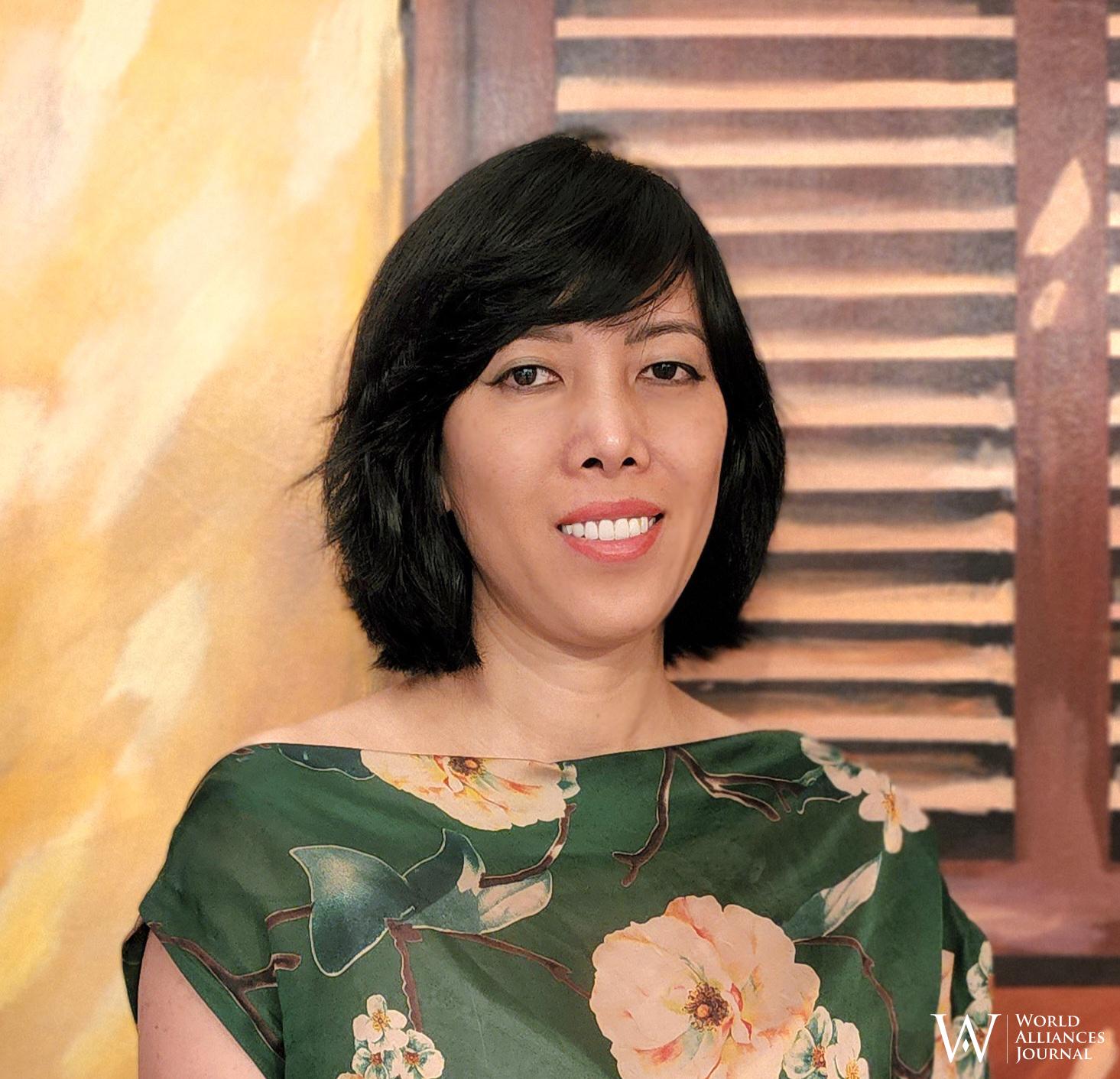
Architect Dang Thuc Trang, Director of Scene Plus. Photo: SP (Scene Plus)
The Serendipity of Community Projects
Can you share how you ended up in Binh Dinh and took on community planning projects there?
Architect Dang Thuc Trang: My journey to Binh Dinh happened quite by chance through a friend who invited me to survey the Ghenh Rang area. I had read a lot and was very fond of Han Mac Tu's poetry. Upon arriving in Quy Nhon, I was amazed by the beauty of the city, the sea, the mountains, Thi Nai Lagoon, the Cham temples, and the historical architectures... all, like a beautiful, graceful girl just woke up. I thought I would return to this place. The first community project that I and my company Scene Plus implemented in Binh Dinh could be mentioned as "Zoning Plan at 1/2000 Scale for Conservation and Sustainable Tourism Development of Nhon Ly Fishing Village, Quy Nhon City". I still remember the first time I set foot in Nhon Ly Fishing Village with French architect Lecaron, a long-time advisor of Scene Plus whose works are recognized as European heritage. We discovered a quaint fishing village very similar to medieval Mediterranean villages. The beautiful landscape and architecture, with distinct features of local fishermen's life, ecology, and functionality, made us vow to do something to preserve these values, ensuring that this place remains an incredible destination for visitors to Binh Dinh. Architect Lecaron later wrote a paper presented at a seminar organized by the Department of Tourism, Quy Nhon City People's Committee, and Scene Plus: "What is the future for Nhon Ly Fishing Village?" In it, he affirmed that "Nhon Ly Fishing Village is a treasure, a heritage not only for local residents but also for Vietnamese people and international tourists." He cited Nhon Ly as a treasure: the urban form, architecture of many houses, functions of the existing four pagodas and two communal houses, and vibrant cultural activities.
Community Planning Projects and Challenges
It is known that from this community planning project, you have carried out many specialized topics and seminars in Quy Nhon. Did you encounter any advantages or challenges during this process?
Architect Dang Thuc Trang: I received the support and endorsement from leaders, authorities from the province, Quy Nhon City, the Department of Tourism, the Department of Construction, the commune People's Committee, and the local community, including businesses and the monks of Ngoc Hoa Pagoda (Nhon Ly commune) to implement the planning project. After that, a close friend of mine, Le Thi To Diep (a community tourism expert currently living in Canada), and I proposed and received provincial support to conduct a seminar on the conservation of cultural and architectural aspects of coastal villages for community tourism development in Nhon Ly in April 2018, and presented the aforementioned planning project.
Next, we conducted a workshop in August 2018, organized by Scene Plus in collaboration with Hanoi University of Architecture and architectural schools in France, focusing on Housing and Urban Form, Landscape, and Public Space in Nhon Ly Fishing Village. This provided the basis for proposing feasible planning solutions and set the stage for transforming the village's appearance as it is today.
The project's challenge was legal procedures. When our proposal was supported by leaders, we encountered issues with the master plan for the Nhon Hoi Economic Zone, which was approved by the Prime Minister under Decision 514/QD-TTg dated May 8, 2019. The fishing village's cemetery area was planned to become a new residential area, while our plan proposed converting the cemetery into a central park, with a new urban area on the hill offering a 360-degree view, not conforming to the higher-level planning (based on information from the previous rural planning).
Thus, more than a year later, in October 2020, after working with the National Institute for Urban and Rural Planning (VIUP) to adjust the zoning plan for Zone 3 of the Nhon Hoi Economic Zone, our project was officially approved.
Why Continue with Community Planning Projects?
Industry professionals often say that community planning projects are very difficult and demanding, requiring a planner's commitment and vision. Why do you continue to take on community planning projects in Binh Dinh, many of which are much larger in scope than the first project?
Architect Dang Thuc Trang: Following this, or rather starting a few months later and simultaneously with Nhon Ly Fishing Village, we continued with the Planning for the Community Tourism Area of Lang Song.
The Lang Song Minor Seminary witnessed the formation and development of Vietnamese National Language, hosting one of the first three printing houses publishing works in National Language, holding special cultural heritage value for the nation. We strived to propose to the government a planning scheme preserving the agricultural landscape around the Lang Song Minor Seminary. Scene Plus designed the urban area around the square to highlight the cultural heritage value of Vietnamese National Language, a result of East-West cultural interaction. A central square was designed along the church’s axis to connect the seminary to the riverbank, reflecting the route of Jesuit missionaries arriving by sea.
The concept of “Letter Wells” and “Letter Springs” was created on the square’s base, aiming to bring the story of the origin of the Vietnamese alphabet out of the existing church museum and into the world, continuing to create a new heritage value for the future. This idea was evaluated as innovative in its conservation approach, a bold creativity that preserves but does not confine the heritage, injecting its with the vitality of a new era.
We proposed additional infrastructures to develop sustainable tourism, aimed at promoting the smokeless industry, considered an innovation to transform the traditional local agriculture into agriculture and service tourism, meeting the goals set by the United Nations 2030 Agenda for Sustainable Development.
Next, I took on the project of adjusting the planning of Quy Nhon University and designing the main gate of the university. We proposed conservation and renovation of the Seminary Library; connecting the university’s landscape with the urban area and linking internal functions with adjacent residential and functional areas; sharing infrastructure to use resources efficiently, connecting urban space and users, encouraging the application of cooperative start-up models to create an innovative start-up ecosystem, contributing breakthrough technology ideas and a rich, youthful tech workforce.
After detailed planning, we won an international design competition for the university's main gate, an important landmark: by removing the fence and replacing it with a green park space and a pedestrian walkway to facilitate connection and sharing of space. The main gate of Quy Nhon University is not just a gateway for a regular university but a city landmark: KNOWLEDGE GATE. Here, all boundaries are broken to create a space for the convergence of knowledge, a tourist destination, a space for connection, sharing, and development.
Community Planning Approach and International Recognition
Architect Dang Thuc Trang: When selecting subsequent community planning projects, I learned to think positively; I don’t see them as difficulties or hardships but as challenges that a dedicated planner must face. I want to address a broader concept, where the community here is not just the local residents but also the scientific community and business community, of which I am a member. I want to represent both the scientific and economic perspectives, aiming for sustainable economic benefits.
Urban planning is a comprehensive science involving various disciplines, where projects involving more people and higher complexity require planners to creatively utilize available resources, both directly and indirectly, to plan for sustainable development by balancing stakeholders' interests. What I care most about is how to fully utilize the natural and cultural heritage values of this "Land of Martial Arts and Literary Excellence" and turn them into "assets" for future generations.
Promoting Binh Dinh through International Awards
The design concept for the detailed master planning at 1/500 scale and urban design of Quy Nhon University won the Outstanding Urban Design Award at the 2023 International Planning Excellence Awards organized by the American Planning Association (APA). The Lang Song Community-Based Tourism Development project received international awards from A’Design Award, being selected by the press as one of the top 20 winning projects in the largest international design competition for all fields – in the Cultural Heritage and Cultural Design categories for 2020-2021; the Vietnam National Urban Planning Award II (2021) and III (2023); and the Special Award for Excellence in Community Participation (along with Nhon Ly Fishing Village) at the 2023 International Planning Excellence Awards organized by the American Planning Association (APA).
Among those projects, which one do you like the most? Why?
Architect Dang Thuc Trang: Binh Dinh is famous as the "Land of Martial Arts and Literature", the natural landscape and cultural heritage here are wonderful materials that perhaps any architect, poet, or artist would want. Incorporate into your work to have unique marks. It is no coincidence that many big names are attached to this place, whether they were born here or not, from Xuan Dieu, Dao Tan, Han Mac Tu, Trinh Cong Son..., following their footsteps I have seen a treasure trove of data for our projects.
Among those projects, I am most interested in and also most proud of the Lang Song Community Tourism Area Planning project, a unique location throughout Vietnam.
General Secretary Nguyen Phu Trong spoke at the "National Cultural Conference" implementing the Resolution of the 13th Party Congress on the field of culture:
“Culture is the Soul and Essence of the Nation, expressing the Identity of the Nation
As long as the Culture remains, the Nation will remain..."
“Absolutely nothing is so important for a nation's culture as its language” (quoted famous German linguist Wilhelm von Humbolt).
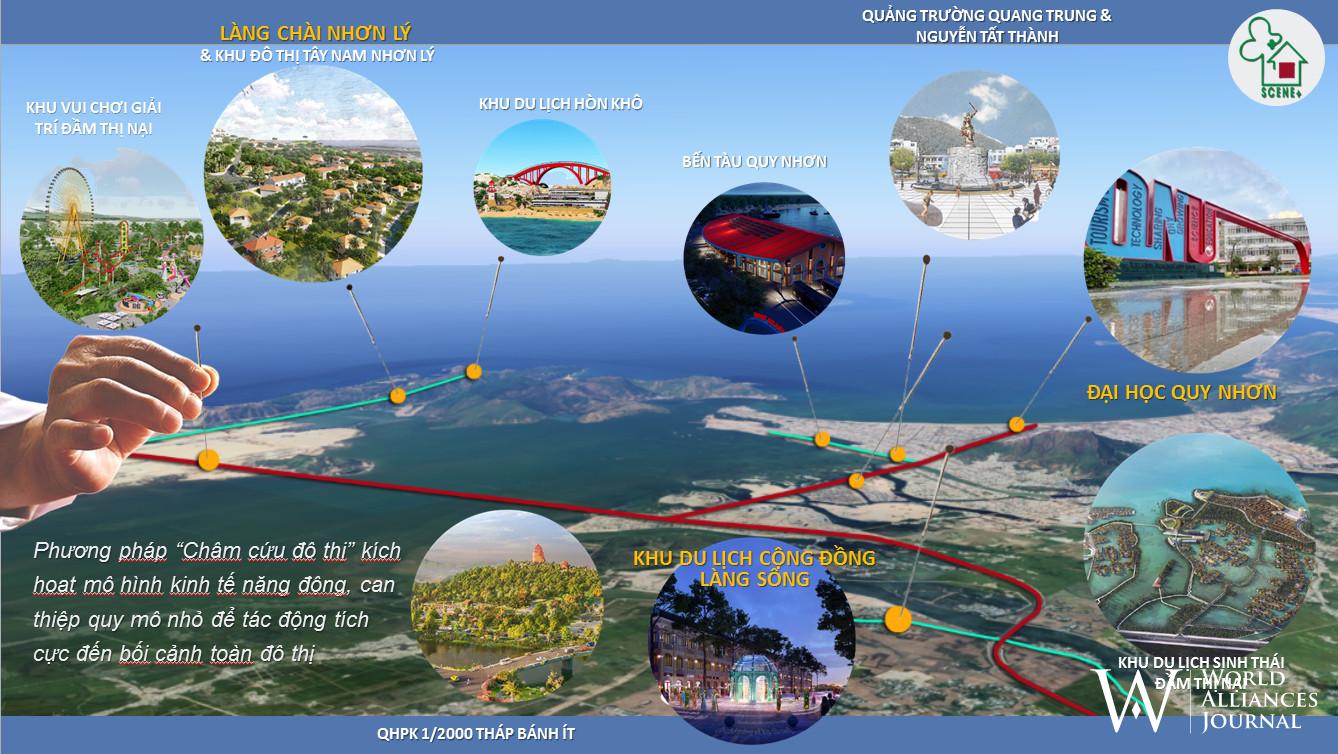
Project Lang Chai Nhon Ly. Photo: SP
Vietnam, is an Asian country that uses only the national language, with the Latin alphabet for writing and communication, completely free from Chinese characters, hieroglyphs...
The National Script has contributed to eliminating illiteracy for the entire population, promoting the spirit of national liberation, and creating conditions for cultural and economic exchanges with countries around the world.
Therefore, historical relics and marks related to the process of formation and development of the Vietnamese language need to be preserved, promoted and promoted for many generations to know. A project to honor the national language and promote this heritage to domestic and international people is extremely necessary.
The Song Village community tourism area project associates sustainable tourism economic development with preserving and promoting the value of cultural heritage, landscape, and architecture of the Lang Song minor seminary area, a place that traces the history of the formation. Vietnamese national language has formed and clearly defined its mission:
- Preserving and promoting cultural, landscape, and architectural values, especially the story of the history of the formation of the National Language,
- Promoting heritage values for sustainable economic development through the community tourism model.
- Raising community awareness in preserving local culture and heritage, contributing to promoting strategies to raise people's knowledge, attract investment and upgrade service quality
Why Did You Choose to Submit Binh Dinh's Projects for International Awards?
Architect Dang Thuc Trang: Choosing to submit Binh Dinh’s urban and architectural projects for international awards holds significant meaning, as it affirms a method and philosophy of planning that we are pioneering in Vietnam, known as Urban Acupuncture (an innovative approach to urban planning and design that combines urban design with acupuncture in traditional medicine, treating the city as a living organism where projects at key locations act as acupoints). Implementing this urban design or planning projects also stimulates dynamic economic models, unblocking the city's "circulatory system," and making small-scale interventions to positively impact the overall urban context.
The internationally recognized projects demonstrate the potential of Urban Acupuncture to address the complex urban challenges Quy Nhon faces. The "Excellence in Community Participation" award highlights the importance of community involvement and collaboration among stakeholders in successfully implementing urban acupuncture activities.
At the same time, this is an opportunity for us to introduce Binh Dinh to the international community, promoting attractive tourist destinations to international friends, and tell them that Quy Nhon is a worth living city and showcasing Quy Nhon as a livable city with diverse and sustainable tourism products.
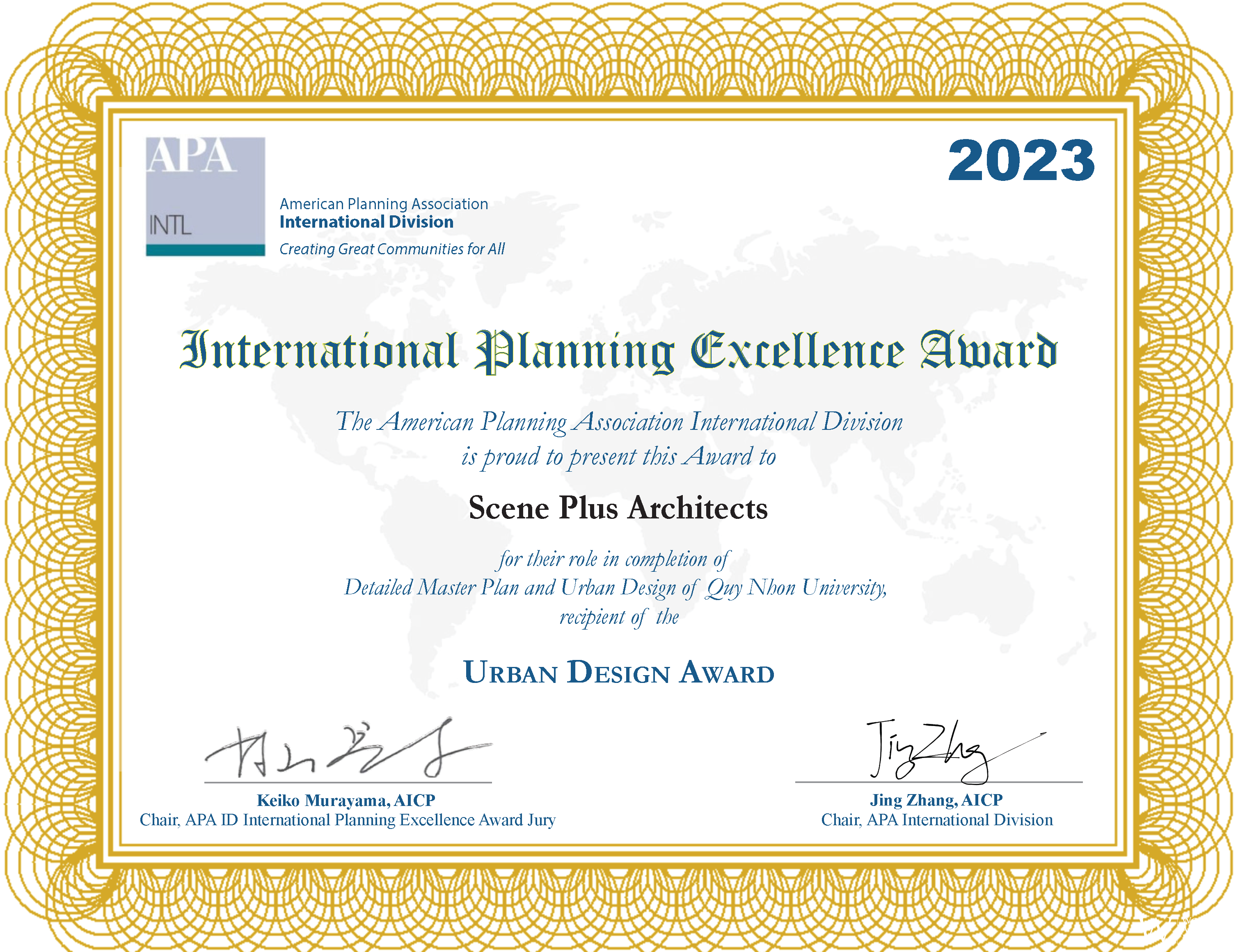
Besides the awarded recognitions, our team at Scene Plus has also presented research papers at international conferences and published in prestigious journals in English and French. The findings from these studies could be valuable to policymakers and urban planners aiming to enhance the livability and sustainability of urban spaces in Vietnam and around the world.
Urban planning is an interdisciplinary science where projects involving many people and high complexity require planners to creatively utilize available resources, both directly and indirectly, to ensure sustainable development by balancing stakeholder interests.
What Makes You So Interested in Binh Dinh?
Architect Dang Thuc Trang: What interests me the most is how to fully leverage the natural and cultural heritage values of this "Land of Martial Arts and Literary Excellence," turning them into an "assets" for future generations.
Binh Dinh is a region with significant historical and cultural values, beautiful and diverse natural landscapes. However, like many other regions, it faces challenges from development pressures. Numerous natural landscapes are being destroyed due to construction projects aimed at economic development, rivers flowing into Thi Nai Lagoon are being filled in, mangrove are being cleared, and new urban areas are replacing traditional rice fields. The local fisheries and coral reefs are threatened by uncontrolled tourism, and the diversification of industries is leading to job losses for many residents...
Quy Nhon is facing challenges from rapid urbanization and lack of community participation. To address these challenges, we, along with several university partners, proposed a series of urban acupuncture projects in collaboration with various stakeholders: government authorities, academic institutions, businesses, and the community.
The Living-lab method (where government, academia, businesses, and the community collaborate on planning) and the long-term cooperation among stakeholders have gradually been recognized. Representing Scene Plus, I had the opportunity to present this method at the Annual Conference of the French-speaking University Organization (AUF) in Dakar, Senegal, in October 2019.
Through on-site workshops, resources from all involved parties were shared, with active participations from diverse groups including residents, tourists, experts, and local management agencies. Their specific, accurate, and useful feedbacks contributed to the planning and urban design process. For the universities we collaborated with, the professional expertise of faculty and students was enhanced, diversifying the learning environment and increasing job opportunities for graduates. Universities and businesses can develop partnerships, sharing knowledge and capabilities. For businesses and localities with limited economic conditions, they can leverage the valuable academic and practical insights from domestic and international experts. For local residents, including many women, the living-lab approach creates job opportunities, educational programs for children in foreign languages and IT, promotes tourism, fosters cultural exchange, and preserves traditional lifestyles and local heritage.
Thank you very much!
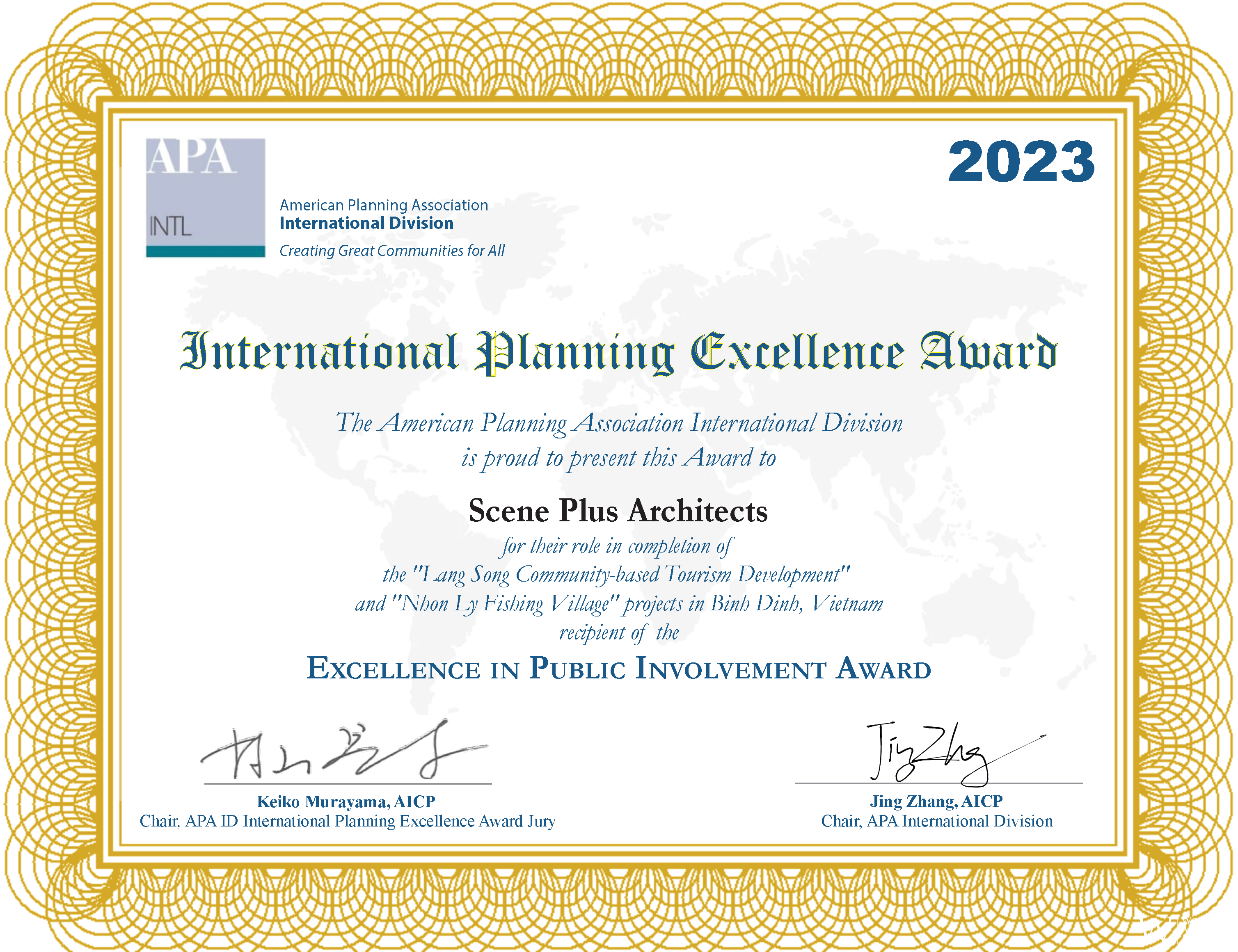
Scene Plus Company's CEO and Design Director attend the opening ceremony and award ceremony of "Excellent Planning Award 2023" at the 2024 National Planning Conference of the International Board of the American Planning Association, April 2024, in Minnesota, USA. Photo: SP
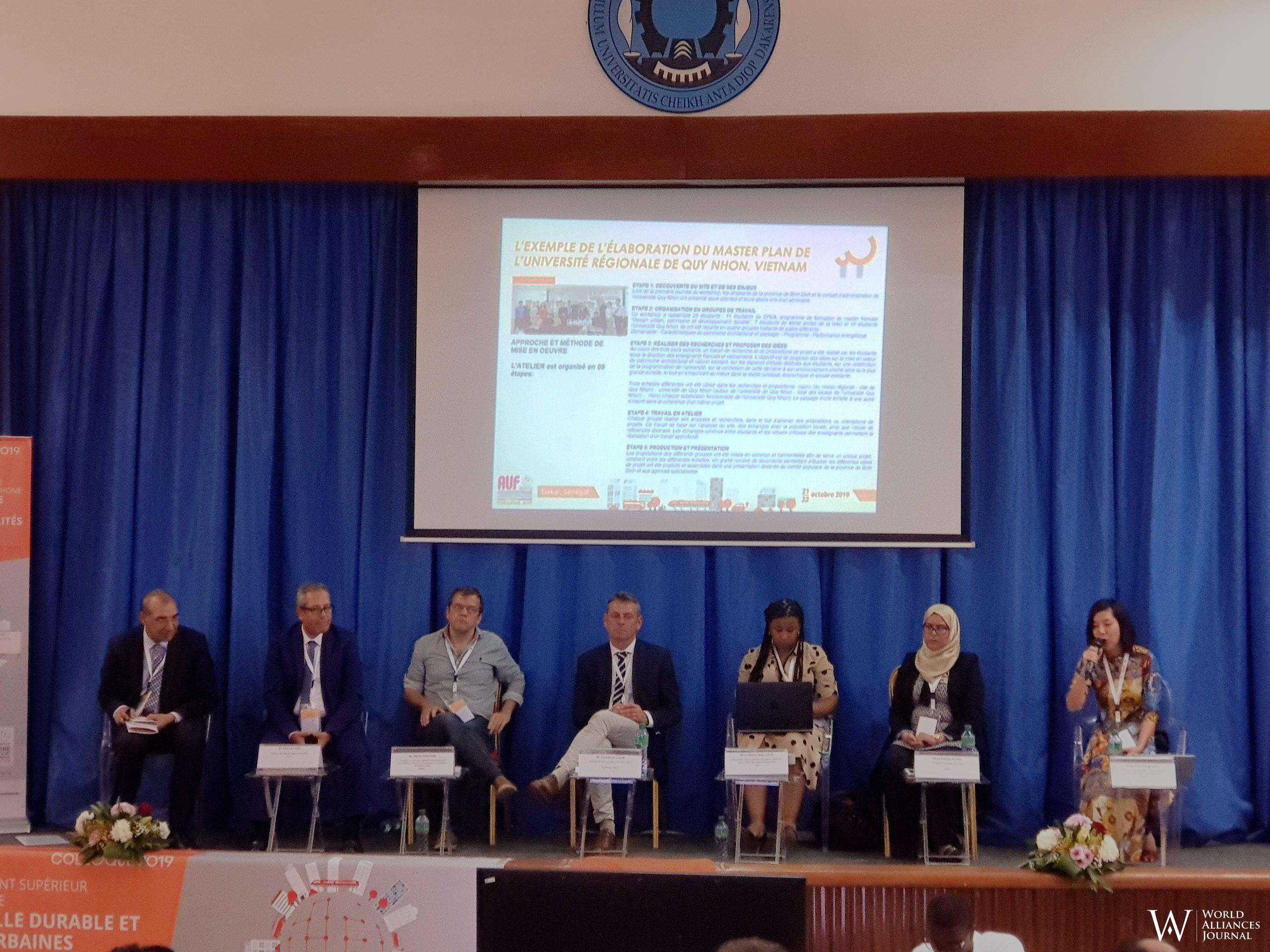
10/2019, Scene Plus Director presents the living-lab method for the Quy Nhon University Planning and Urban design at the Annual Conference of the Francophone University Organization AUF in Dakar, Senegal. Photo: SP
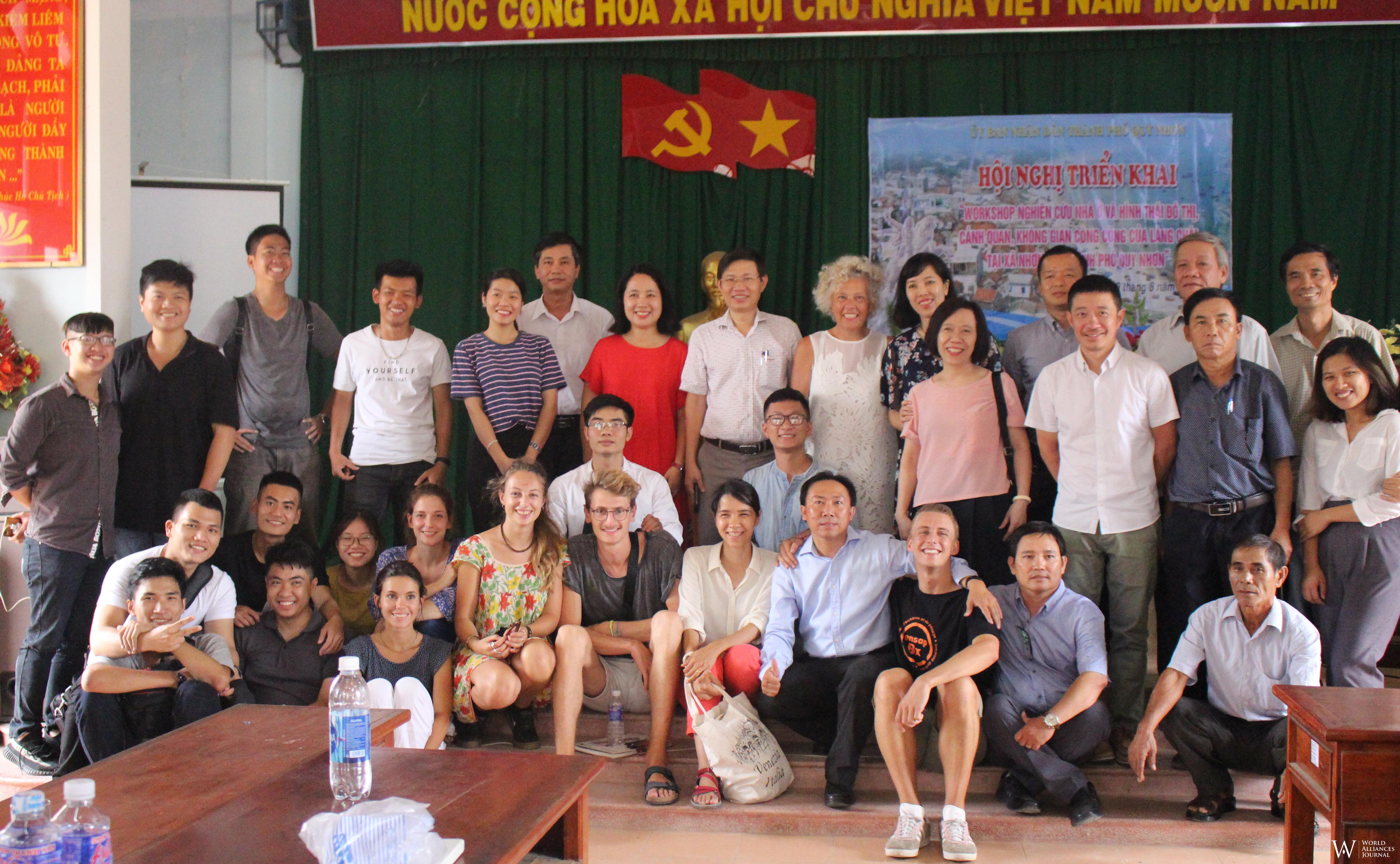
8/2018, Living-lab On-site Workshop “Housing and Urban Form, Landscape, and Public Space in Nhon Ly Fishing Village”. Photo: SP
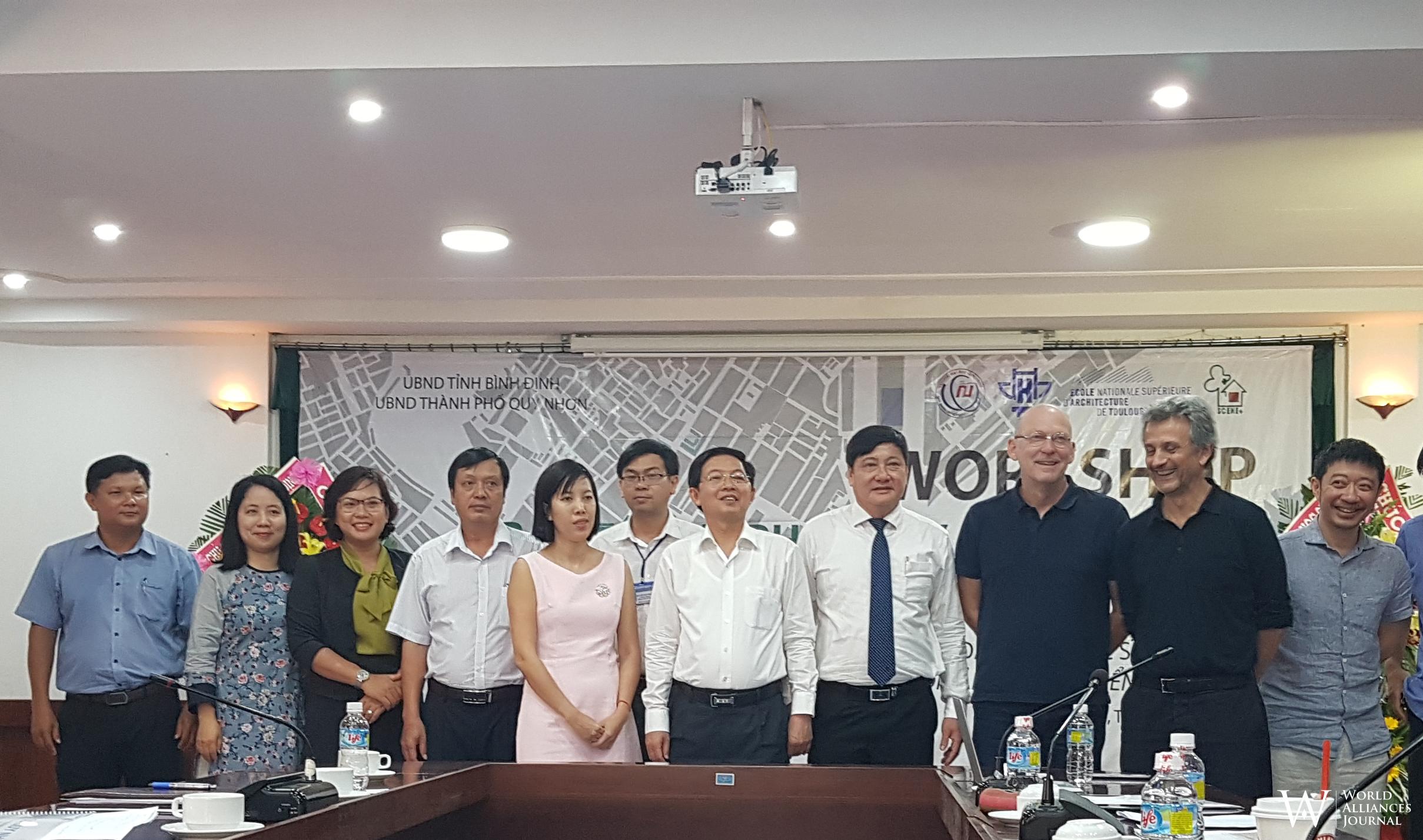
4/2019, Living-lab On-site Workshop "Preserving and Promoting the Heritage Value of Quy Nhon City" at QNU. Photo: SP
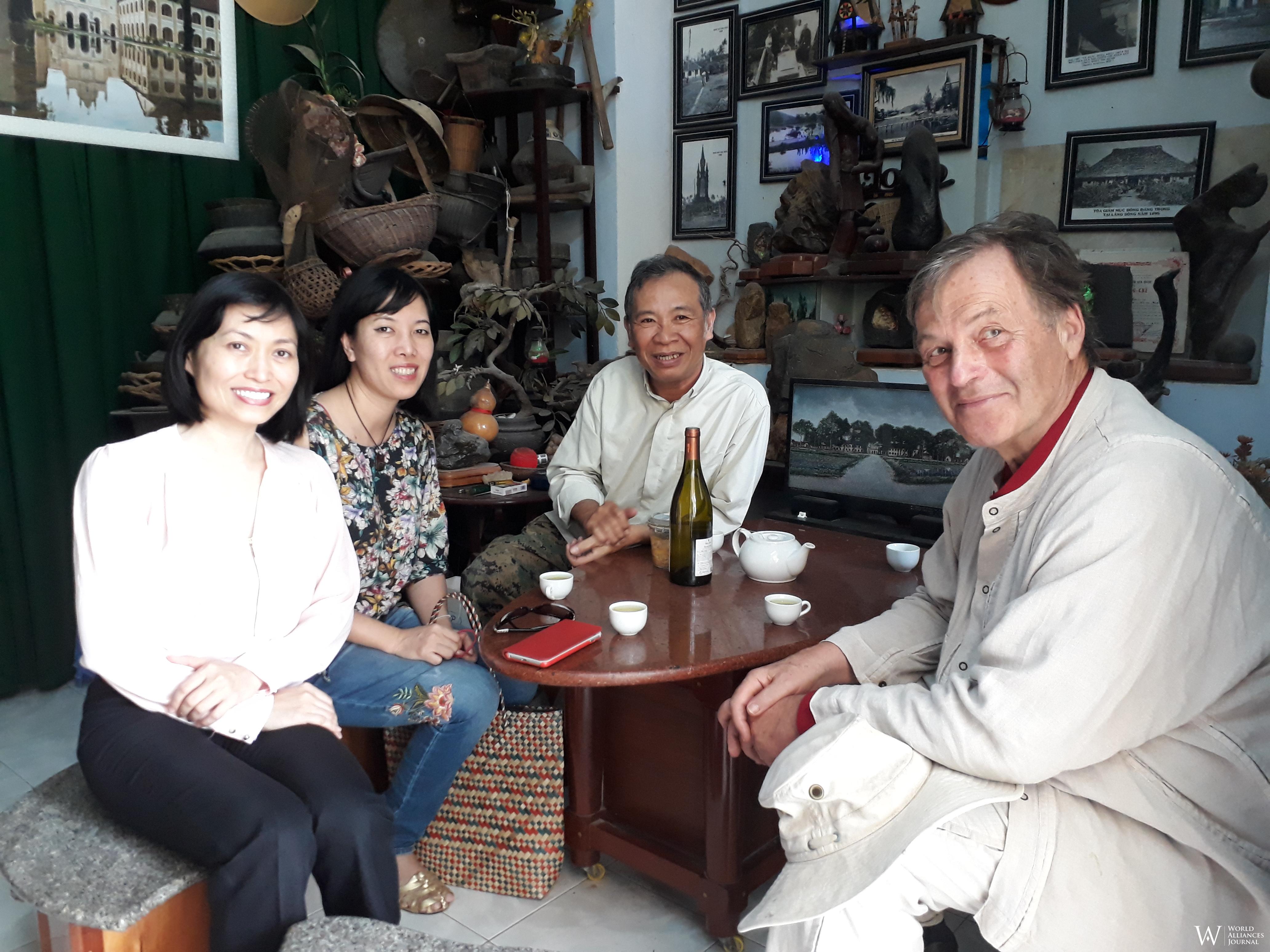
2016, Interview Father Joan Vo Dinh De about the history of the formation of Quoc Ngu script and the imprints at Lang Song Minor Seminary and the connection with the port of Nuoc Man (with Architect Lecaron and Community Tourism expert Le Thi To Diep). Photo: SP
PROMOTED
- The 12th European Overseas Vietnamese Business Conference
- Secretary-General António Guterres: Remarks at Joint Press Conference with the President of Austria, H.E. Alexander Van der Bellen
- From Moscow to Nha Trang: A Journey Bridging Two Cultures
- MP Nguyen Dac Nghiep, a Vietnamese, was elected Vice Chairman in German government
- Young translator conquers the ancient Greek classic Anabasis – Memoir of the Persian Expedition
- Austria news - Usama Nosshy channel covers Asean's 55th anniversary celebrations at the United Nations in Vienna
- VietnamPlus Newspaper reported about ASEAN's 55th anniversary at the United Nations in Vienna
MOST VIEWED
-
1
HEADS OF STATE & JOURNALISTS THE KEY TO WAR AND PEACE

-
2
The Egyptian Civilization Department in vienna history museum

-
3
Vietnam Sustainability Forum 2023: Leveraging Culture and Heritage for Sustainable Tourism

-
4
Federal Chancellor Olaf Scholz visited the Vietnamese capital Hanoi

-
5
If you want to show light, fire it

Writer To Hoai is famous for his book De Men Adventure Ky (1941) written for children. Currently, "Crickets" have traveled all over the world. The story has been translated into many languages and published in many countries around the world. He is likened to the Andersen of Vietnam.
WAJAt first glance, she doesn't stand out when standing next to her Asian girls, I become more and more in the middle European women. Yet, people like look at you, especially like to peek, every time you say, or every time she laughs. Asian-style face Dong, round black eyes that can talk, the corner of his mouth when also fresh. Long, silky black hair, clear voice, Standard and flexible pronunciation even when I speak the language German and Vietnamese.
WAJ


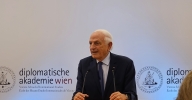

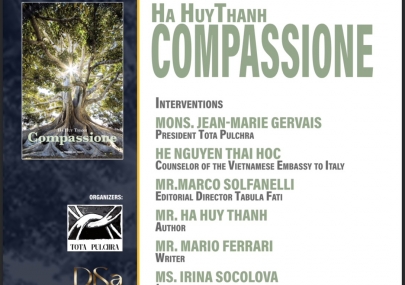
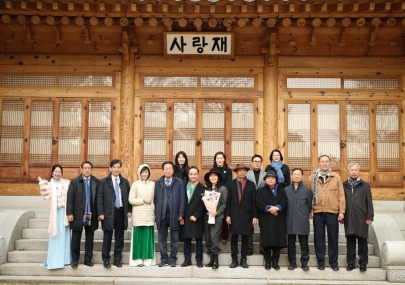

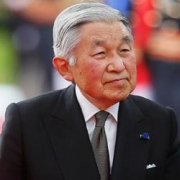
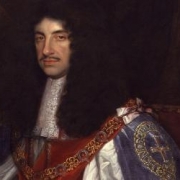
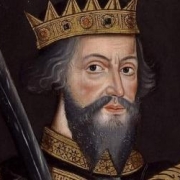


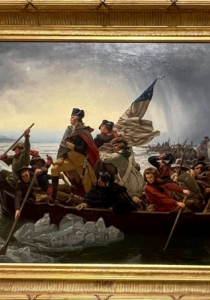
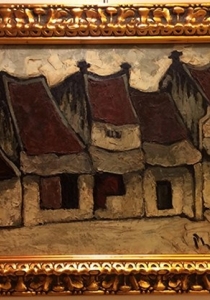
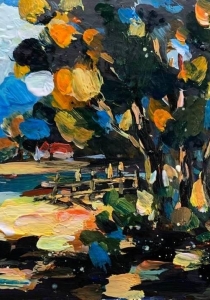
Comment